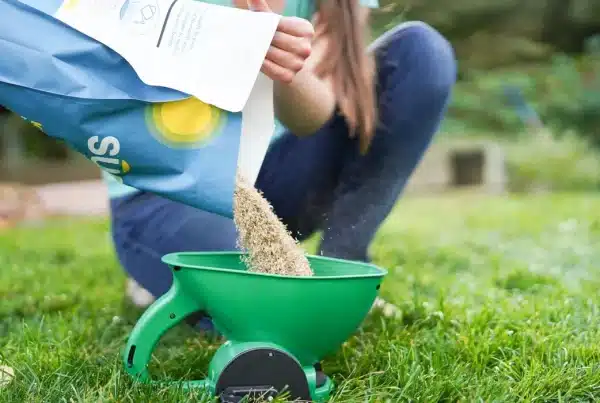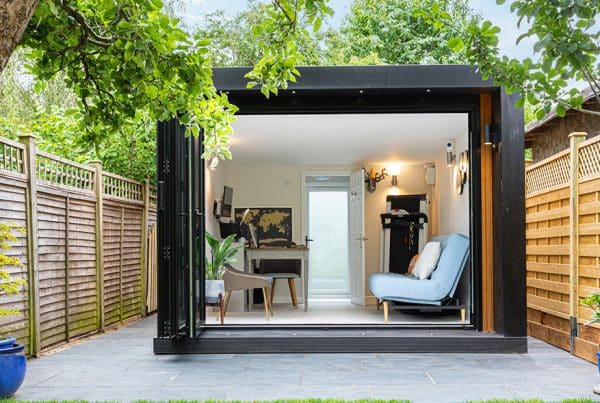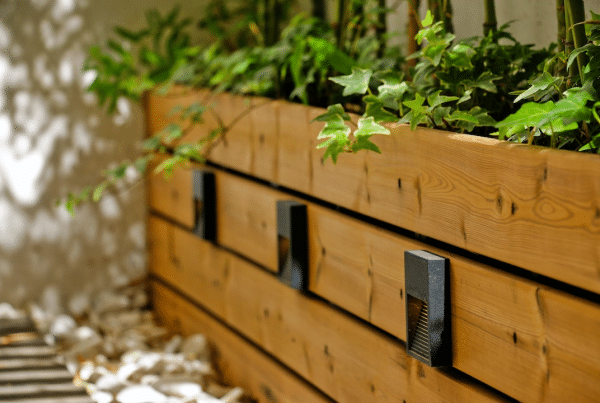Gardening has several benefits apart from providing nutritious foods and beautiful flowers. It exposes you to healthy vitamin D, boosts your mood, keeps you physically fit, and promotes friendship with like-minded individuals. While some people believe gardening is an expensive and time-consuming activity, it’s not always the case. You can achieve high-quality results with careful planning and selection. Follow these tips to create a stunning, low maintenance garden:
1. Do Away With the Lawn
Although a green lawn looks exquisite, you don’t have to have it to enjoy a stunning outdoor space. That’s because it requires a lot of time and labor, which significantly increases your maintenance costs. Some associated tasks include mowing, weeding, mulching, and applying fertilizer.
Your garden can still look attractive if you replace the grass with easy-to-clean surfaces. They include natural stone paving, bricks, concrete slabs, and cobblestones. Hard surfaces also complement your overall outdoor decor in the best neighborhood in San Antonio.
They come in various colors, shapes, textures, and styles. It’s easier to take care of hardscapes because it mainly involves sweeping and hosing down the surfaces.
You can opt for artificial grass if you want a lawn without the high maintenance requirements of the natural alternative. Apart from seeding, real grass needs regular watering, feeding, mowing, fertilizing, and re-turfing. Artificial grass allows you to enjoy a lawn’s aesthetic benefits without the time-consuming and costly nurturing.
2. Select Low Maintenance Plants
Various factors influence the types of plants that will grow in your garden. They include personal preferences, soil type, nutrients, and access to light. Avoid high-maintenance plants that require extensive pruning and replanting, among other exhausting chores. Examples are vegetables, creepers, bedding plants, annual flowers, and tender plants.
Perennials are among the fuss-free options because you don’t have to plant them anew every year. Favorites for the Texas landscape include hibiscus, Turk’s cap, Mystic Spires Blue, and dwarf Mexican petunia.
The lack of space, especially in urban areas, makes it difficult to start gardening. However, with container gardening, it has become possible to grow certain herbs and vegetables in your household. Most of these don’t even need to be planted on the ground, which is perfect for first-time home gardeners. Apart from the usual tomato and oregano that people plant, you can also try growing mushrooms at home. Mushroom growing kits are ideal for small spaces and easy to cultivate even without prior experience.
Ornamental grasses are another viable option for your low-maintenance garden because they add texture to the outdoors. Your gardening supplier knows the best grasses for various soil types. The most suitable for San Antonio include Lindheimer muhly, purple fountain, mondo, pampas, and liriope grass.
Hedges and shrubs are other alternatives to expensive flower beds. In addition to being easy to plant, they add texture without requiring extra attention. Some favorite native shrubs for your San Antonio garden include Yaupon holly, American beautyberry, and aromatic sumac.
3. Practice Mulching
Mulching is one of the most effective ways of preventing weeds. It involves placing thick layers of rotten garden compost and manure around your plants. Mulch blocks sunlight, thereby preventing weeds from growing. It also maintains soil moisture, moderates soil temperature, and minimizes erosion.
Mulching saves you the countless hours you’d otherwise spend weeding. That’s because it only needs occasional replenishing instead of constant mowing or watering. Your garden also benefits from the practice for more than one season. During winter, the warmth under mulch prevents the harmful effects of the freezing and thawing cycle.
In spring, mulch retains soil moisture, feeds the soil, and prevents the growth of weeds. Although it has multiple benefits, over-mulching can harm your Texas garden by suffocating the plants. It may also prevent oxygen and water from reaching the roots.
It’s crucial to know the proper type of mulch and its application procedure. Dense planting is another low-maintenance solution that prevents weeding. You can pick various groundcover plants to reduce your gardening time. Examples are English ivy, dwarf Mexican petunia, ajuga, purple oxalis, and monkey grass for shaded parts of your garden.
Santolina, skullcap, silver ponyfoot, and bush germander thrive in the sun and heat. You may also opt for ground cover plants that grow well under sunny and shady conditions. They include leadwort, frog fruit, purple heart, and Texas sedge.
4. Embrace Container Gardening
Hanging baskets, window boxes, and patio plants are some of the best options to add color to your low-maintenance garden. They save time and money because most only need watering. Since they’re not in the ground, there’s no need for extensive use of heavy-duty gardening equipment.
Container gardening is suitable for compact spaces. You can grow various vegetables, including tomatoes, broccoli, eggplant, peppers, peas, cauliflower, spinach, pole beans, and Brussels sprouts. It also supports herbs, such as thyme, rosemary, oregano, parsley, basil, sage, dill, and rue.
Another benefit is that you can buy ready-planted containers. This option eliminates the complexity of planting the seeds and painstakingly nurturing them to maturity.
There are various considerations for optimum results for your container garden, its location being one of the most essential. All herbs and vegetables need plenty of sunlight for healthy growth. Other factors include the correct soil mixture, the appropriate container, and frequent irrigation.
5. Install Raised Beds
Raised beds are appropriate for long-term gardening because they protect your back by minimizing bending. The best plants for this setup are shrubs and perennials. An irrigation system further minimizes maintenance requirements. You only need to feed and mulch them once a year.
Raised beds also enhance the outward appearance of your beautiful Texas home with their multiple design options. Apart from their comfortable height and width, their decorations can increase your property’s overall value.
They’re also appropriate for sloping gardens because you can create easily accessible tiers of varying heights. Customization options include adding steps, seating areas, and retaining walls. You may also paint them to suit your preferred style or leave them natural.
In addition to being low maintenance, raised beds have relatively long lifespans depending on the materials used. Popular types include wood lumber, bricks, metal, concrete blocks, felled logs, pallets, cobblestones, and wine barrels.
Final Thoughts
Low maintenance gardening allows you to pursue your hobby even with limited time and resources. The benefits include an aesthetically pleasing outdoors, a productive space, and stress-free living. While you can implement most of these ideas through DIY projects, it’s also advisable to seek a professional opinion. A gardening expert will help you optimize your space, pick suitable plants, and nurture them to maturity. Although maintenance-free gardens don’t exist, these ideas will ensure you commit the least amount of time and resources while reaping maximum benefits.








